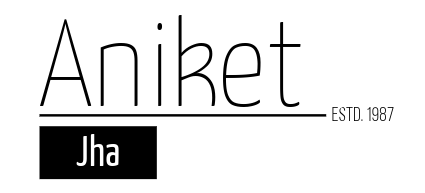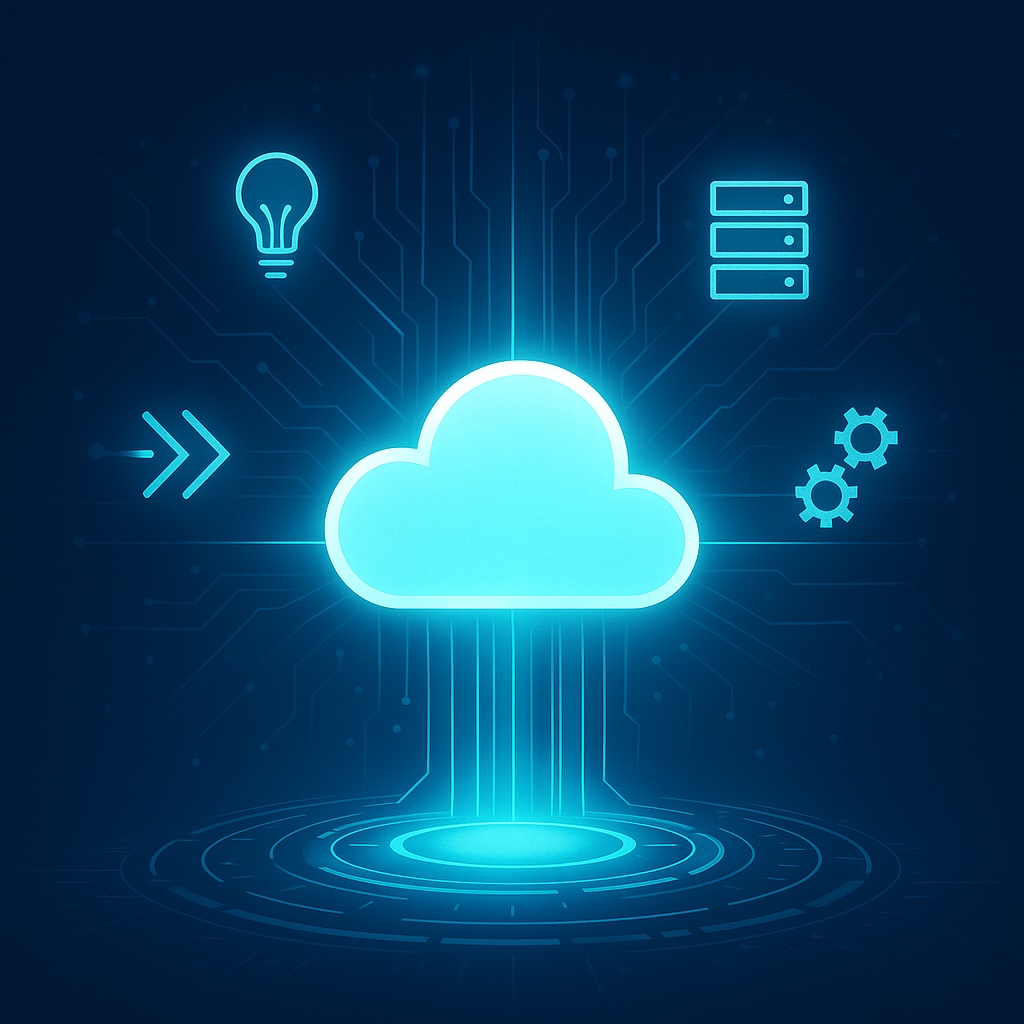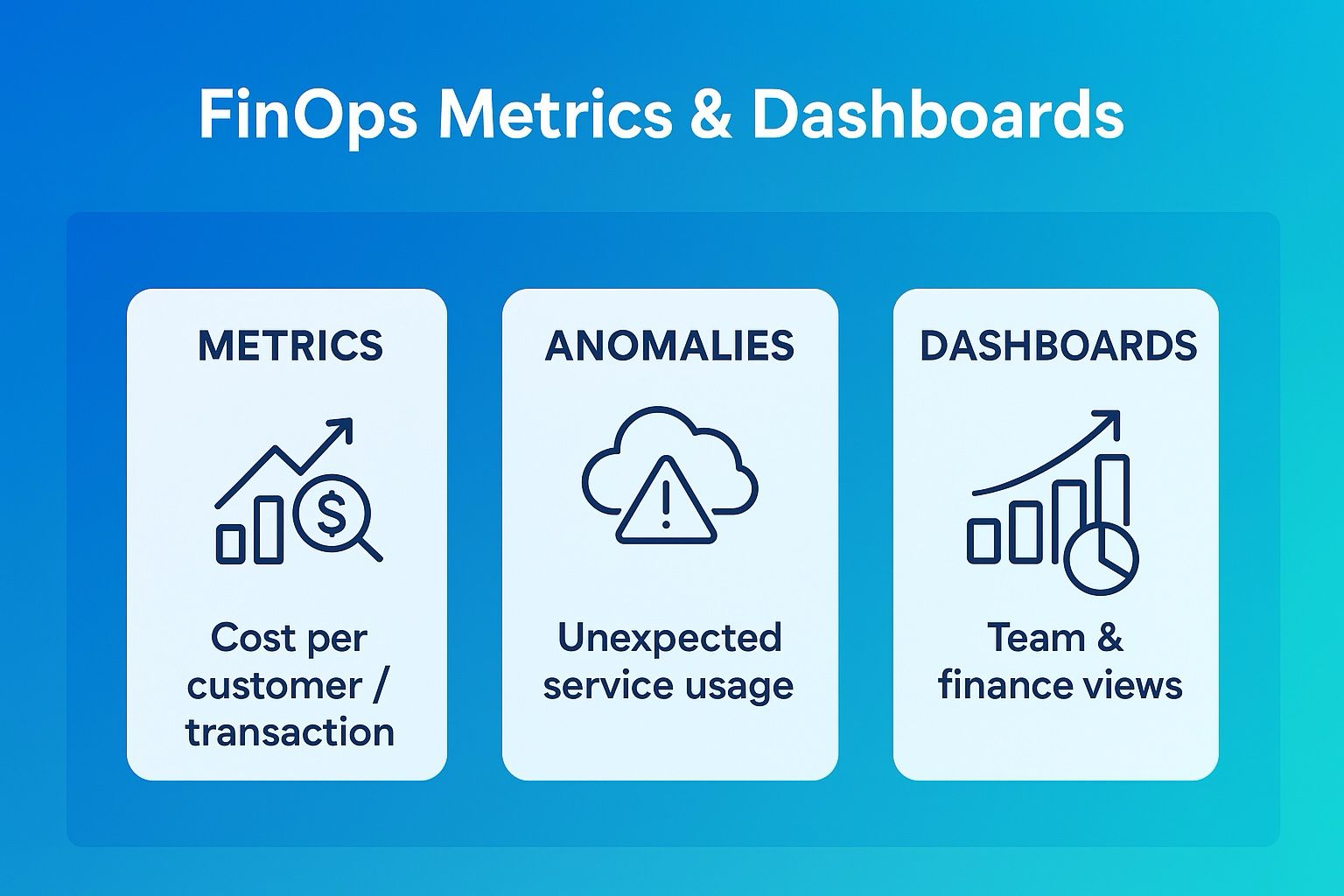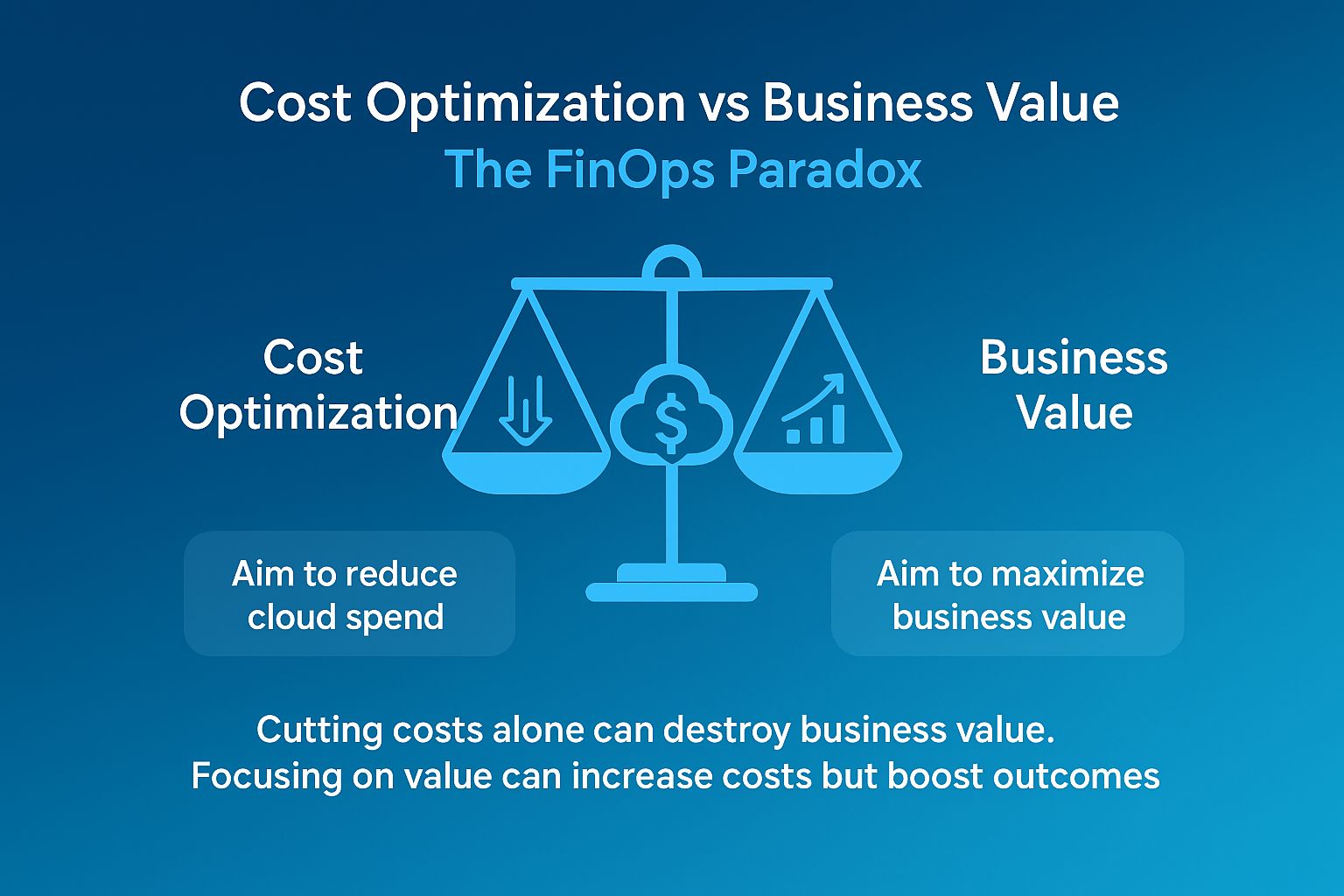When digital transformation comes up in conversation, one word dominates: cloud. For many organisations, moving to the cloud is seen as the very definition of transformation. While the cloud is powerful, it’s important to understand this truth: cloud is not digital transformation it is the digital core that makes transformation possible.
Think of it like this: migrating to the cloud is like building a highway. The highway itself is valuable, but the true transformation happens in what it enables, faster movement, new destinations, and more efficient logistics. Similarly, the cloud provides the foundation for speed, scalability, and innovation, but the real value emerges when businesses modernise processes and rethink models on top of that foundation.
Cloud as the Foundation of Transformation
1. Speed
Cloud drastically reduces the time it takes to deploy infrastructure, test new ideas, or launch products. What once took months can now be done in hours, making speed a competitive advantage.
2. Scalability
Business demand is never static. Seasonal peaks or global expansion require instant elasticity. Cloud makes this practical and cost-effective.
3. Innovation
With cloud-native services AI, analytics, IoT, organisations can experiment faster without reinventing the wheel.
But here’s the catch: these benefits come with risks. Without visibility, speed and scalability can lead to overspending. That’s where FinOps ensures innovation doesn’t spiral into uncontrolled costs.
Migration vs. Modernisation
Simply “lifting and shifting” workloads into the cloud is only step one. True transformation requires modernisation.
Breaking monoliths into microservices that scale and evolve independently.
Adopting SaaS/PaaS to reduce maintenance and free up resources for innovation.
Enabling DevOps and CI/CD to deliver updates frequently and reliably.
The difference? Migration is like moving old furniture into a new house. Modernisation redesigns the house for modern living.
The Rise of Multi-Cloud and Hybrid
Most organisations no longer rely on a single cloud. Multi-cloud and hybrid models are becoming the norm, driven by:
Avoiding vendor lock-in.
Leveraging the strengths of different providers.
Meeting compliance and data sovereignty needs.
But this flexibility adds complexity. Costs, governance, and interoperability become harder to manage. FinOps are critical to keep multi-cloud strategies aligned with business value.
Considerations When Using Cloud
While cloud is the digital core, adopting it blindly can cause more harm than good. Key considerations include:
Cost Management: The pay-as-you-go model can balloon without governance.
Security & Compliance: Misconfigurations or breaches erode trust.
Skills: Cloud adoption demands new technical and financial skills.
Culture: Technology alone doesn’t change how people work, teams must adapt.
Technology ≠ Transformation: Cloud is the means, not the end. Value comes from rethinking processes and experiences.
Cloud as the Enabler, Not the Replacement
Technology enables transformation but never replaces it. For example:
Migrating without modernising support processes won’t improve customer satisfaction.
Adopting AI without clear use cases adds cost, not value.
Multi-cloud without governance increases complexity, not agility.
Real transformation happens when organisations combine vision, leadership, customer-centric design, and cloud into a unified strategy. Cloud is the backbone, but people, processes, and culture make it meaningful.
Practical Steps for Leaders
Define clear business outcomes for cloud.
Treat migration as a step toward modernisation.
Apply governance frameworks (FinOps, security, compliance).
Invest in people, cloud-native, DevOps, financial accountability.
Use hybrid/multi-cloud only when it aligns with business goals.
Closing Thoughts
Cloud is the backbone of digital transformation. It delivers the speed, scalability, and innovation businesses need but cloud alone is not transformation. Migration is only the beginning. The real leap comes from modernisation, culture change, and relentless focus on value.
The key lesson: Cloud is a means, not an end. It is the digital core that makes transformation possible, but people and processes are what make it meaningful.
Next up in this series: Data & Analytics the fuel of digital transformation and how to turn information into intelligence.




